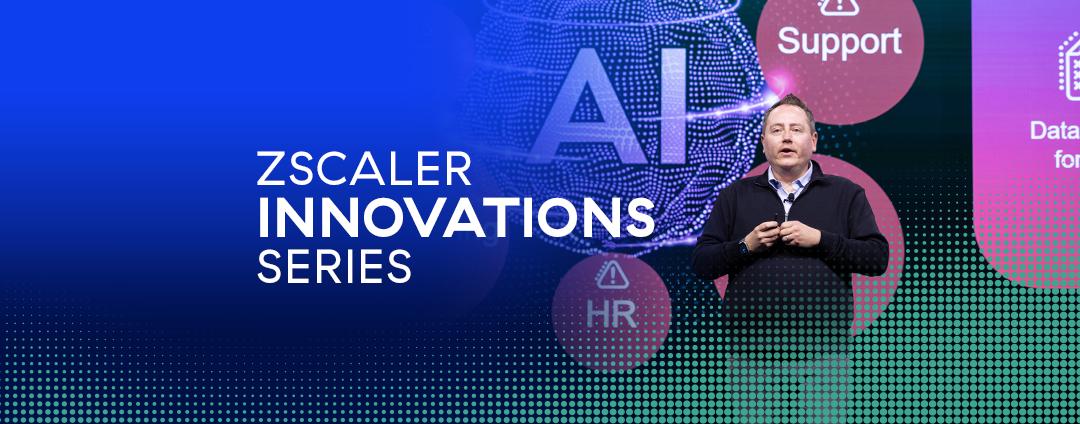One of the most dreaded calls that IT support can receive is from a user complaining about poor call quality.
These problems are usually highly visible, highly disruptive, hard to isolate, and are fleeting. The data required to pinpoint call quality issues are never readily available, or aggregated in such a way to help anyone actually find the root cause.
Telemetry for diagnosing poor call quality typically starts with the unified communications as a service (UCaaS) provider (like Microsoft Teams or Zoom) who supply dashboards with call quality metrics. These call quality metrics include the mean opinion score (MOS) which is a numerical measure of the human-judged overall quality of voice and video sessions, reported on a scale of 1-5, with 5 being a perfect call. But that’s where the diagnostics often ends––finding where a user with a 3.6 MOS call quality (akin to a garbled cell phone call) actually had the breakdown is very difficult.
Finding the root cause of the breakdown requires detailed network path analysis to identify sources of packet loss or latency, and the user endpoint diagnostics to identify CPU, memory, or Wi-Fi stats gone awry. Even if these data points are available, they are typically captured post-incident, so there is no way to correlate what the UCaaS vendor is reporting with statistics captured during the Teams or Zoom meeting in question.
There’s finally some good news to those struggling with these issues.
Zscaler’s own digital experience monitoring offering, called Zscaler Digital Experience (ZDX), has been helping clients diagnose call quality problems since its inception.
But now ZDX takes it to the next level, with new integrations with the Microsoft Team Call Quality API and the Zoom API to pull in call, video, and sharing quality stats for every Teams or Zoom meeting taking place. This data is then seamlessly married with network path (CloudPath) and endpoint device metrics that ZDX has been collecting during the course of the meeting (from every employee every few minutes) (see Figure 1).
When a user reports a poor Teams or Zoom experience, ZDX provides an integrated workflow to look at call quality metrics, network details, and endpoint details, helping to identify the root cause of the problem, which could be anything from weak Wi-Fi, high ISP latency, high CPU, and more (read my blog on tips for finding root causes here).
For Zscaler customers, ZDX integrates with your existing deployment of the Zscaler Client Connector to provide this capability. No new agents are required. And, because the ZDX-enabled Client Connector is always on, network and endpoint metrics are continuously being collected. This offers a wealth of forensic evidence during the actual incident.
Now, when someone complains that they ‘can’t hear you’, the reason why is only a few clicks away.
Further reading:
Gartner 2020 Market Guide for Digital Experience Monitoring (reg. required)
What is Digital Experience Monitoring?






